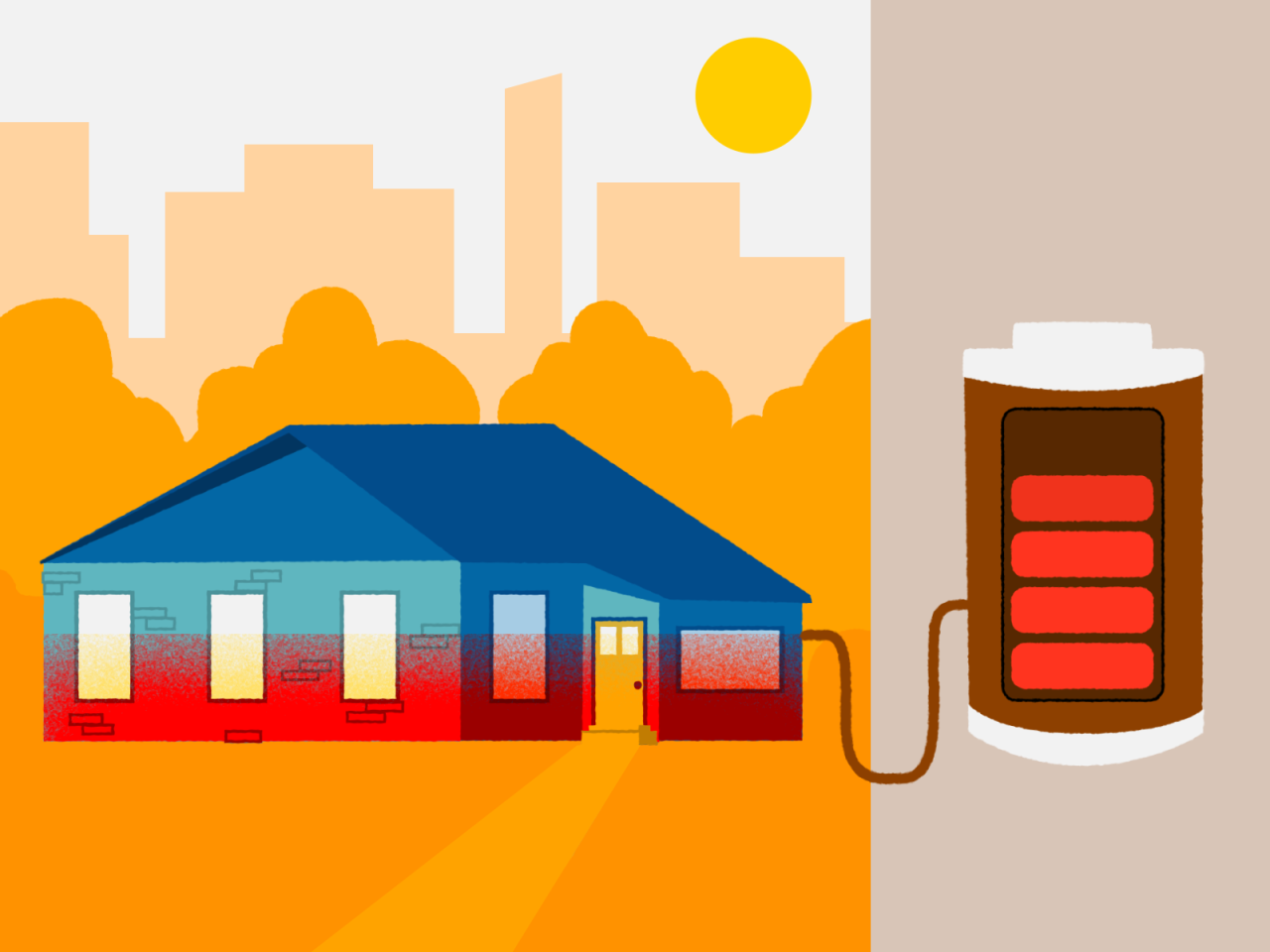A team at Pacific Northwest National Laboratory (PNNL) has come up with a new battery design that ticks a few important boxes in this area, demonstrating a type of “hibernating” battery that can preserve its energy for months at a time.
The type of energy storage technology at the center of this research is known as a molten-salt battery.
These devices use molten salt as the electrolyte. The electrolyte is kept at a high temperature which keeps the salt in a molten state.
The device consists of an aluminum anode and nickel cathode, which are immersed in a molten salt electrolyte doped with sulfur for an extra capacity boost. The battery is charged by heating it to 180 °C (356 °F), which sees ions flow through the liquid electrolyte to generate chemical energy. Cooling the battery to room temperature solidifies the electrolyte and freezes the ions in place, locking in the energy until the battery is reheated to get the energy flowing again.

Therefore, the battery is also dubbed “freeze-thaw battery.” Its theoretical density is 260 Wh per kilogram, higher than today’s lead-acid and flow batteries, and its energy is stored at a materials cost of around US$23 per kWh. In testing, the battery retained 92 percent of its capacity over 12 weeks.
“It’s a lot like growing food in your garden in the spring, putting the extra in a container in your freezer, and then thawing it out for dinner in the winter,” said first author Minyuan “Miller” Li.
The end goal of the scientists with this technology is to use it as seasonal energy storage, collecting energy at one time of the year for use in another.

“You can start to envision something like a large battery on a 40-foot tractor-trailer parked at a wind farm,” said co-author Vince Sprenkle. “The battery is charged in the spring and then the truck is driven down the road to a substation where the battery is available if needed during the summer heat.”
The scientists have filed a patent for the technology and have published their research in the journal Cell Reports Physical Science.


